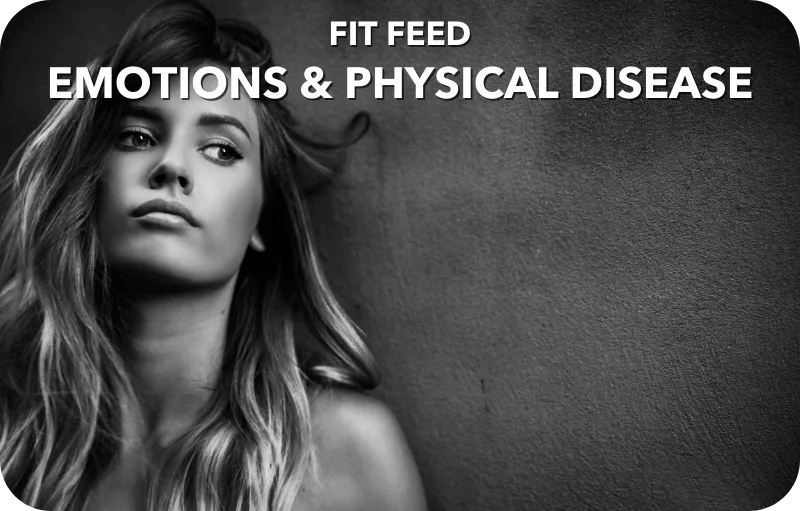Reverse the Clock: Best Exercises for Anti-Aging

As we grow older, maintaining an active lifestyle becomes increasingly crucial for our overall well-being.
Regular exercise offers a multitude of benefits that address various aspects of aging, from physical health to mental clarity.
Here’s why your older self will thank you if you start daily exercise today.
1. Maintain Muscular Strength and Flexibility
One of the most significant changes that occur with aging is the loss of muscle mass and strength.
This process, known as sarcopenia, can lead to reduced mobility and increased risk of falls.
Regular strength training exercises help counteract this decline by building and maintaining muscle mass.
Additionally, activities like stretching and yoga improve flexibility, which supports better joint function and helps prevent stiffness.
2. Support Cardiovascular Health
Cardiovascular health often deteriorates with age, increasing the risk of heart disease, hypertension, and stroke.
Engaging in aerobic exercises such as walking, swimming, or cycling helps improve heart function, lower blood pressure, and enhance circulation.
These activities strengthen the heart muscle, improve lung capacity, and contribute to better overall cardiovascular health.
3. Enhance Bone Density
Bone density naturally decreases with age, leading to a higher risk of osteoporosis and fractures.
Certain exercises that we will list below, stimulate bone formation and help maintain bone density.
By incorporating these activities into your routine, you can strengthen your bones and reduce the likelihood of fractures.
4. Boost Mental Health
Exercise has profound effects on mental health, which can be particularly beneficial as you age.
Regular physical activity has been shown to reduce symptoms of depression and anxiety, improve mood, and enhance cognitive function.
Exercise stimulates the release of endorphins and other neurotransmitters that contribute to feelings of well-being and can help combat age-related cognitive decline.

5. Promote Better Sleep
Quality sleep can become more elusive with age, but regular physical activity can help improve sleep patterns.
Exercise promotes deeper sleep and can help regulate the circadian rhythm, making it easier to fall asleep and stay asleep.
Better sleep contributes to overall health and well-being, enhancing mood and cognitive function.
Weight-Bearing Exercises
Walking: A low-impact exercise that helps stimulate bone formation in the legs and hips.
Jogging or Running: Higher impact than walking, it helps strengthen bones in the legs, hips, and spine.
Dancing: Includes a range of movements that can enhance bone density in various parts of the body.
Stair Climbing: Utilises the weight of your body and gravity to strengthen bones in the legs and hips.
Resistance Training
Squats: Targets the lower body, including the hips, thighs, and buttocks, enhancing bone density in these areas.
Lunges: A dynamic exercise that strengthens the lower body and improves bone density in the legs and hips.
Deadlifts: Focuses on the lower back, hips, and legs, promoting bone health in the spine and lower body.
Leg Press: A machine-based exercise that provides resistance for building bone density in the legs and hips.
Upper Body Resistance Exercises
Push-Ups: Strengthens the upper body, including the arms, shoulders, and chest, which supports bone health in these areas.
Dumbbell or Barbell Presses: Targets the chest, shoulders, and arms, enhancing bone density in the upper body.
Rows: Can be done with dumbbells or machines to strengthen the back and arms, promoting bone health in the upper body.
Bicep Curls and Tricep Extensions: Focuses on the arm muscles, helping to increase bone density in the arms and forearms.
Core Strengthening Exercises
Planks: Improves core strength and stability, which supports the spine and helps maintain bone density in the back.
Abdominal Crunches: Targets the abdominal muscles, providing support for the spine and improving bone health in the trunk.
Russian Twists: Engages the core and obliques, helping to support and strengthen the spine.
Flexibility and Balance Exercises
Tai Chi: A low-impact exercise that improves balance and coordination while providing gentle weight-bearing benefits.
Yoga: Incorporates weight-bearing poses that can enhance bone density in various parts of the body while improving flexibility and balance.
Conclusion
Incorporating regular exercise into your daily routine as you age is vital for maintaining physical health, mental clarity, and overall quality of life.
From preserving muscle strength and bone density to enhancing cardiovascular health and mental well-being, the benefits of staying active are profound.
By making exercise a priority, you can embrace aging with vitality and resilience, ensuring a healthier and more fulfilling life.



